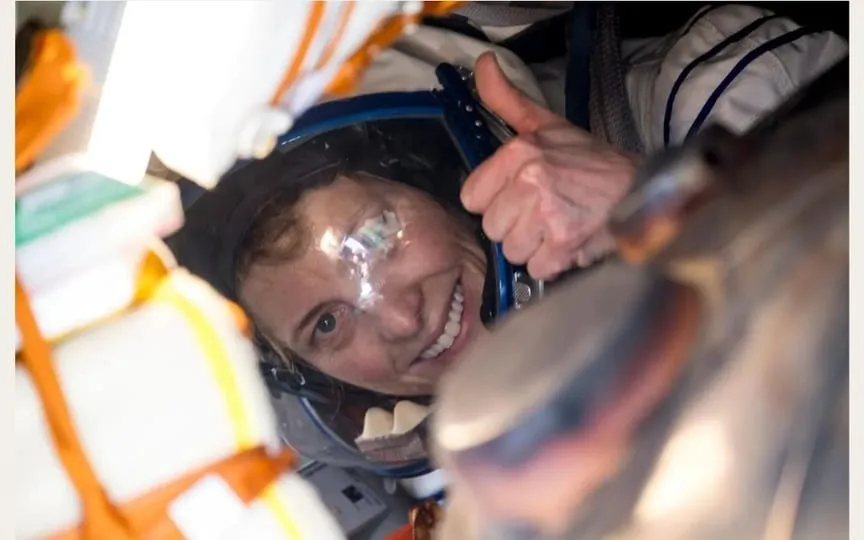Boeing’s Starliner Crewed Mission to International Space Station Postponed Due to Technical Difficulties
Boeing had intended to launch its first manned mission to the International Space Station (ISS) on July 21st with the Starliner spacecraft. However, the company has encountered a couple of technical difficulties that have prevented it from proceeding with its plan. In collaboration with NASA, the aerospace corporation has revealed that it is once again postponing the Crew Flight Test date for the CST-100 Starliner spacecraft to address the risks posed by two new issues that have been identified by Boeing engineers.
The first problem is related to the spacecraft’s parachute system. Boeing designed the Starliner capsule to float to Earth using three parachutes. According to the New York Times, the company found that parts of the lines connecting the system to the capsule could not support the spacecraft’s load if only two of the three parachutes deployed properly. Since the capsule will carry human passengers to our planet, the company must consider all parts of its spacecraft to ensure they are as safe as possible. Boeing plans to conduct another parachute test before setting a date for another launch attempt.
In addition to the parachute issue, Boeing is also reevaluating the use of a certain duct tape to wrap hundreds of feet of wire. Apparently, the tape can be flammable, so engineers want to use another type of packaging for areas of the spacecraft that are at the highest risk of fire.
The Crew Flight Test is the latest hurdle the company must overcome to begin regularly flying astronauts to the International Space Station. NASA chose Boeing as one of the business partners with SpaceX, but it has fallen behind over the years. Starliner has previously completed unmanned flights as part of the tests it must complete for manned missions. But SpaceX already has 10 crewed flights, the first of which will be in 2020. In addition to flying astronauts to the International Space Station and returning human spaceflight to American soil since its last space shuttle launch in 2011, SpaceX has also flown civilians outside. room.
However, NASA and Boeing remain optimistic about the Starliner’s future. NASA Commercial Crew Program Manager Steve Stitch said in a statement:
“Crew safety remains a top priority for NASA and industry journalists, and issues that arise are not uncommon in human spaceflight, especially during the development phase. If you look back a couple of months, the work in front of us would be almost done. The team is persistent and self-confident in its goal to fly. The crew will be on the Starliner as soon as it is safe to do so. If a schedule change is necessary in the future, we will certainly do it as we have done before. We’ll fly when we’re ready.”




